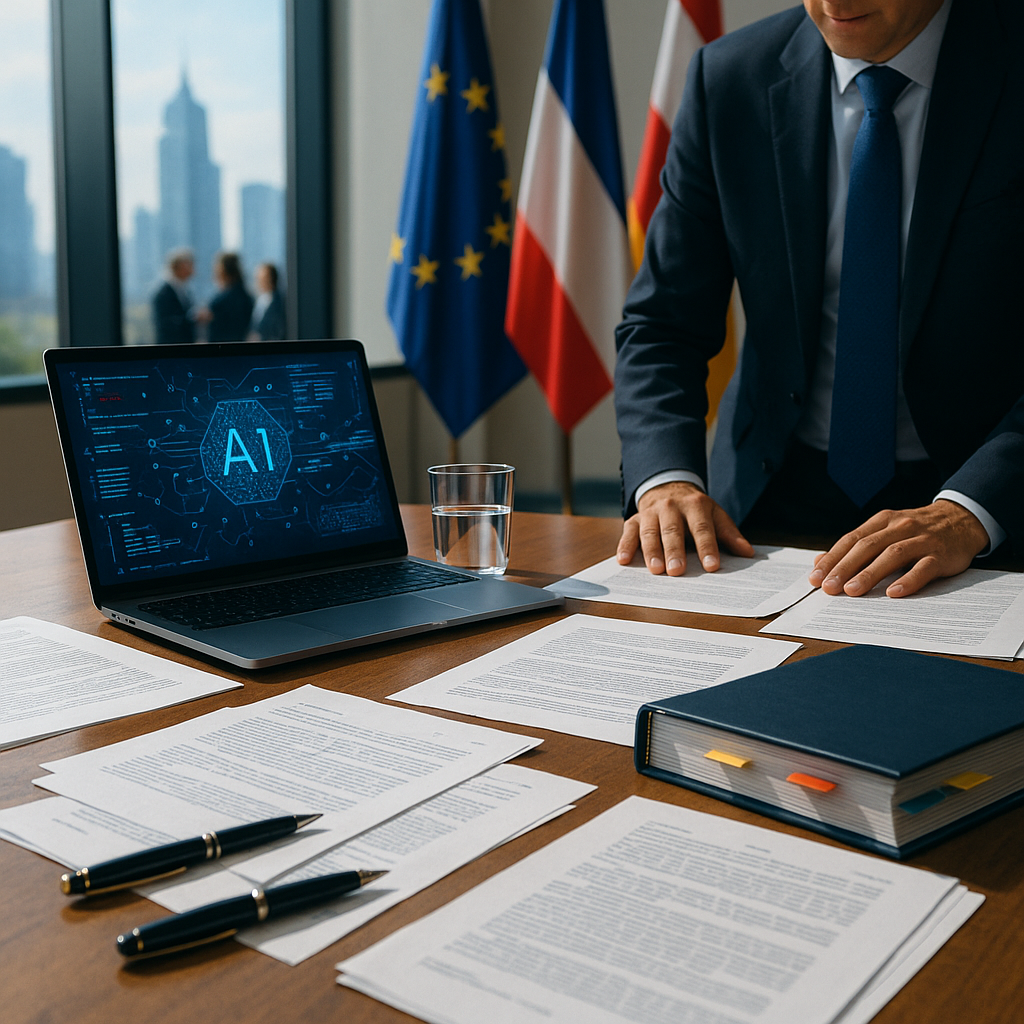Multiple truths collide here. To some, Brussels is exporting human rights while importing lobbying; to others, the EU is flirting with industrial self-sabotage by rushing rules that remain confusing and costly. Big Tech frames delays as sanity checks; civil society calls them euphemisms for risk exposure. The Trump administration’s trade sabre-rattling paints the AI Act as discriminatory; EU officials insist “no stop the clock,” even as a “Digital Simplification Package” hints at tactical slack: a one-year GPAI grace, transparency fines suspended to 2027, high‐risk obligations nudged later. Critics call that regulatory theater. Supporters call it governance with seatbelts. A provocation worth stating plainly: if AI’s harms are real-time, why are the penalties on a slow clock?
There’s also an uncomfortable alternative view: a measured delay could prevent chaotic enforcement, protect SMEs, and avoid transatlantic blowups that hand China a geostrategic win. Voluntary GPAI codes may buy time for interpretive guidance, testbeds, and conformity tools. Yet postponement can boomerang—stretching uncertainty, fragmenting the single market as member states fill the vacuum, and dulling the Brussels Effect just as global norms are crystallizing. Paradoxically, Big Tech may suffer most from limbo: capital costs rise with ambiguity, product roadmaps stall, and the compliance bar keeps moving.
Here’s the twist: the fastest route to both safety and competitiveness might be to enforce the hard parts now and delay the paperwork. Lock in the non-negotiables for high-risk use (testing, red-teaming, post-market surveillance, bias audits), tie grace periods to observable risk-reduction metrics, and condition any extension on transparent public reporting. Use procurement power and targeted sandboxes to scale compliance, not just promise it. If the EU does this, US pressure could inadvertently yield sharper, more portable global baselines—giving firms what they secretly want: stable rules. On November 19, the real choice isn’t delay versus speed; it’s whether Europe becomes a price-taker of others’ AI governance or turns today’s friction into tomorrow’s operating system for trustworthy AI.
